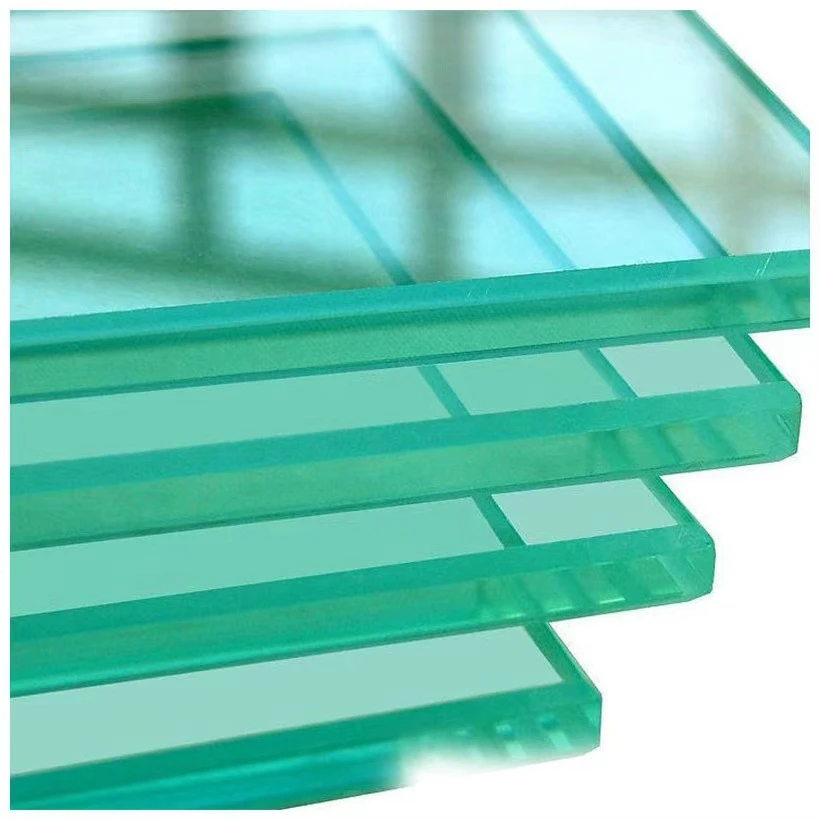The Float Glass Manufacturing Industry An Overview
In recent years, the float glass manufacturing industry has witnessed significant growth, driven by advancements in technology and increasing demand from various sectors. Float glass, known for its clarity and uniform thickness, is primarily utilized in windows, facades, mirrors, and a variety of architectural applications. This article delves into the key processes, market trends, and challenges faced by float glass manufacturers.
Understanding the Float Glass Process
The float glass manufacturing process was first developed in the 1950s and has since become the predominant method for producing flat glass. The process begins with the melting of raw materials, which typically include silica sand, soda ash, and limestone, in a furnace at temperatures exceeding 1,700 degrees Celsius. The molten glass is then carefully poured onto a bath of molten tin, which allows it to spread out evenly and form a flat, smooth surface. The glass solidifies as it moves along the tin bath, and once cooled, it is cut into various sizes for distribution.
One of the critical advantages of this method is the high quality of glass produced, with excellent optical clarity and minimal surface imperfections. Additionally, advancements in technology have enabled manufacturers to produce low-emissivity (Low-E) glass, which significantly improves thermal insulation and energy efficiency. This innovation is particularly beneficial in residential and commercial buildings, where energy consumption is a growing concern.
Market Applications and Trends
The demand for float glass is primarily driven by the construction and automotive industries. In the construction sector, float glass is employed in windows and facades to enhance aesthetics while providing insulation. The automotive industry utilizes float glass for windshields and windows, where safety and clarity are paramount. The rising popularity of energy-efficient buildings and vehicles is expected to further boost demand for float glass, particularly Low-E and tinted variants that offer additional benefits like UV protection and glare reduction.
float glass manufacturers
Moreover, float glass manufacturers are increasingly focusing on sustainable practices. The industry's shift towards environmentally friendly production methods has resulted in the recycling of glass products and the use of renewable energy sources in manufacturing processes. This trend not only reduces the carbon footprint but also aligns with global sustainability goals.
Challenges Facing the Industry
Despite the promising growth and innovation within the float glass manufacturing sector, several challenges remain. One significant issue is the volatile prices of raw materials, primarily due to fluctuations in natural gas and silica sand availability. Such fluctuations can affect production costs and profit margins, forcing manufacturers to adapt quickly to market changes.
In addition, the competitive landscape is intensifying, with numerous manufacturers vying for market share. This competition pressures companies to innovate continuously and optimize their production processes to maintain profitability. Automation and digitalization are becoming crucial in addressing these challenges, as manufacturers leverage advanced technologies to improve efficiency and reduce operational costs.
Conclusion
The float glass manufacturing industry is poised for a bright future, characterized by innovation, sustainability, and a growing market. As manufacturers adapt to changing consumer demands and technological advancements, they will play a vital role in supplying high-quality glass products for construction and automotive applications. By addressing the challenges of raw material costs and competitive pressures, float glass manufacturers can continue to thrive in this dynamic marketplace. The ongoing emphasis on energy efficiency and sustainability will further shape the industry's direction, ensuring its relevance in a rapidly evolving world.
 Afrikaans
Afrikaans  Albanian
Albanian  Amharic
Amharic  Arabic
Arabic  Armenian
Armenian  Azerbaijani
Azerbaijani  Basque
Basque  Belarusian
Belarusian  Bengali
Bengali  Bosnian
Bosnian  Bulgarian
Bulgarian  Catalan
Catalan  Cebuano
Cebuano  Corsican
Corsican  Croatian
Croatian  Czech
Czech  Danish
Danish  Dutch
Dutch  English
English  Esperanto
Esperanto  Estonian
Estonian  Finnish
Finnish  French
French  Frisian
Frisian  Galician
Galician  Georgian
Georgian  German
German  Greek
Greek  Gujarati
Gujarati  Haitian Creole
Haitian Creole  hausa
hausa  hawaiian
hawaiian  Hebrew
Hebrew  Hindi
Hindi  Miao
Miao  Hungarian
Hungarian  Icelandic
Icelandic  igbo
igbo  Indonesian
Indonesian  irish
irish  Italian
Italian  Japanese
Japanese  Javanese
Javanese  Kannada
Kannada  kazakh
kazakh  Khmer
Khmer  Rwandese
Rwandese  Korean
Korean  Kurdish
Kurdish  Kyrgyz
Kyrgyz  Lao
Lao  Latin
Latin  Latvian
Latvian  Lithuanian
Lithuanian  Luxembourgish
Luxembourgish  Macedonian
Macedonian  Malgashi
Malgashi  Malay
Malay  Malayalam
Malayalam  Maltese
Maltese  Maori
Maori  Marathi
Marathi  Mongolian
Mongolian  Myanmar
Myanmar  Nepali
Nepali  Norwegian
Norwegian  Norwegian
Norwegian  Occitan
Occitan  Pashto
Pashto  Persian
Persian  Polish
Polish  Portuguese
Portuguese  Punjabi
Punjabi  Romanian
Romanian  Russian
Russian  Samoan
Samoan  Scottish Gaelic
Scottish Gaelic  Serbian
Serbian  Sesotho
Sesotho  Shona
Shona  Sindhi
Sindhi  Sinhala
Sinhala  Slovak
Slovak  Slovenian
Slovenian  Somali
Somali  Spanish
Spanish  Sundanese
Sundanese  Swahili
Swahili  Swedish
Swedish  Tagalog
Tagalog  Tajik
Tajik  Tamil
Tamil  Tatar
Tatar  Telugu
Telugu  Thai
Thai  Turkish
Turkish  Turkmen
Turkmen  Ukrainian
Ukrainian  Urdu
Urdu  Uighur
Uighur  Uzbek
Uzbek  Vietnamese
Vietnamese  Welsh
Welsh  Bantu
Bantu  Yiddish
Yiddish  Yoruba
Yoruba  Zulu
Zulu 

